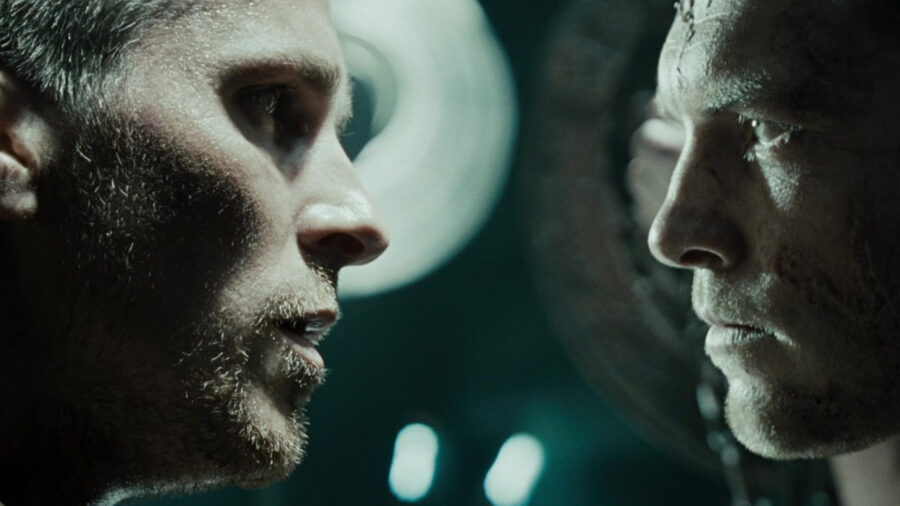Terminator’s Forgotten First Attempt To Save Itself

Looking back on it now, Terminator Salvation may have been appropriately named. Released in 2009 the movie’s goal was a revitalization of the Terminator franchise. It was the first attempt to take it into the post-Arnold era. It was to be the Terminator franchise’s salvation.
It failed, and the franchise has been lurching from one failure to the next ever since.
Terminator Salvation is an entertaining film, as long as you don’t think about it. The special effects are splashy, and the action is fast-paced and fun.

The characters, with the exception of Bale’s somewhat blank John Connor, are interesting and well acted. The tragically gone too soon Anton Yelchin really shines in it, as Kyle Reese. In fact, forget John Connor. They should have given us an entire movie focused on him.
The movie’s problems have nothing to do with anything that happened on set during the film’s making; they’re much deeper and more ingrained than that. It’s the script. It’s the entire premise on which the film is built that’s at fault, and there’s really nothing the movie’s one-named director, McG, even if he’d been allowed to deliver the R-rated movie this franchise deserved, could have done to fix that.
The problem is Terminator: Salvation’s villain, Skynet, which in this version is far from the unstoppable, viciously intelligent machine force we’ve seen previously. The movie’s narrative is built around a complicated plot from Skynet; everything is set in motion by that plot, it all happens because of that plan, and that plan is utterly stupid.

Here’s that plan: Skynet captures Kyle Reese and uses him to lure in John Connor so that it can kill him. Skynet knows John Connor will come to save Kyle because Skynet knows that in his future, Kyle becomes John’s father, and Connor needs him if he wants to be born.
Kyle Reese is bait. John Connor is the target. Why doesn’t Skynet just shoot Kyle Reese in the head? Wouldn’t that solve the problem? Game over. John Connor is dead.
Instead of doing that, Skynet constructs a human cyborg and sends it after Connor. The cyborg believes it’s human; in fact, it has free will and thinks exactly like a human.

Why Skynet would build such a creature is beyond the realm of any machine logic I can conjure. It sets something loose that it can’t control, completely confident that it will still do exactly what it’s told, though there’s absolutely no reason to believe it will. Later, when given proof-positive evidence that its cyborg creation has switched sides, Skynet doesn’t seem to be interested in doing anything to stop it. Instead, our cyborg MacGuffin walks off unmolested and goes to work undoing Skynet’s terrible plan. Maybe by then Skynet, like everyone in the audience, has decided this plot is no longer worth the trouble.
Terminator Salvation is built on a ridiculously shaky foundation, and there was no way to save it from such brain-dead construction. Yet there’s fun to be had in it, as long as you don’t spend more than a second thinking about the logic in any of it.

Unfortunately for the Terminator brand, a terrible plot is not the way to launch the next phase of a box office mega-franchise. Hollywood has kept trying after Salvation’s disaster, with equally terrible entries like Terminator Genisys and Dark Fate, but nothing has worked. Terminator Salvation may have been their only chance at salvation.








